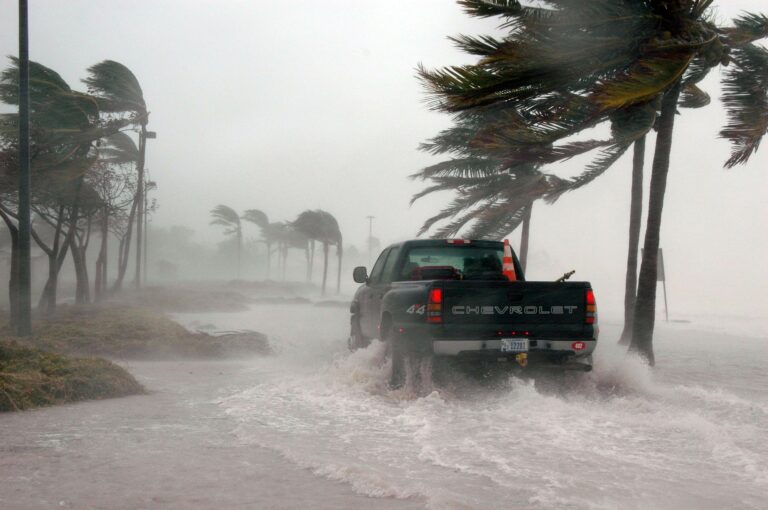Researchers at The University of Alabama (UA) are working to develop advanced computational earth science and coastal models that help coastal communities prepare for flooding from tropical storms and hurricanes.
Funded by a US$2.84m grant from the US Army Corps of Engineers Research and Development Center, the work by researchers in the UA Center for Complex Hydrosystems Research (CCHR) will identify flooding hot spots along the southeastern US coastline and provide a way for emergency responders and local decision makers to better prepare for flooding from tropical cyclones.
Dr Hamid Moradkhani, director of CCHR and Alton N Scott Professor of Civil and Environmental Engineering, said, “Employing state-of-the-art data assimilation, machine learning and integrated modeling while utilizing massive socio-economic and remotely sensed hydroclimate data, we have developed a robust framework that creates an opportunity to forecast hurricane-driven flooding on a near real-time basis which has various emergency response implications.”
Moradkhani leads an interdisciplinary team with expertise in physically based hydrologic modeling, data assimilation, coastal dynamics modeling, remote sensing and social sciences to ensure simulations are representative of the actual phenomenon.
“We have recently shown that the current system of hurricane categorization that is wind-based only and does not take flooding into account can yield miscommunication of hazards and risks,” Moradkhani added.
This research project will produce flood hazard maps and flood forecasting tools that emergency management personnel can use to prepare coastal communities ahead of a storm and best deploy resources to mitigate risks. Along with broader scientific knowledge to further this area, the project’s products will be shared with those responsible for forecasting and preparing communities for tropical cyclones.



